The seventy-third book of Reverend Professor Gerald O’Collins SJ was launched at the Catholic Theological College on Wednesday 19 September 2018. He reflects on this book and his hope for its contribution to discussion and understanding between religions.
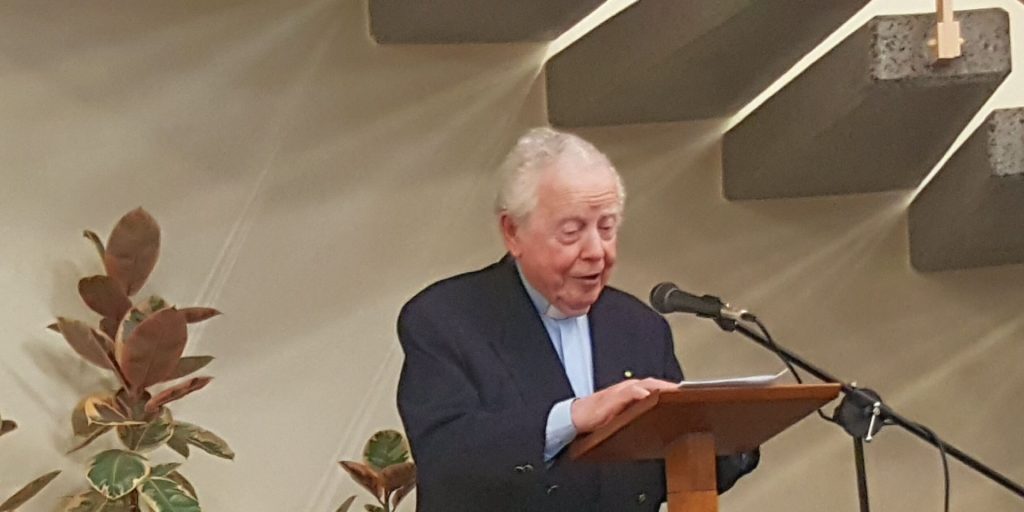
Years ago I started reading carefully advertisements—not so much with a view to buying anything but to check on the images and language used by the ads, and to check on their success in communicating. One ad I recall promoted a brand of beer with the message: meet face to face, see eye to eye, smile ear to ear. That’s been my persistent and happy experience here at Catholic Theological College: meeting face to face, seeing eye to eye, and smiling ear to ear. Once again I am most grateful to the Master, Shane Mackinlay for hosting this book launch, and grateful also to Kevin Lenehan for his kind words about the book, and to others at CTC, including that wonderful organiser, Jill Doncovio.
Every book has its history and starting-point. My starting point came from reading some remarks of Catherine Cornille of Boston College about the way much of the debate in the theology of religions has reached a kind of stalemate. Arguments have been repeated and refined, but as a whole, the discipline of the theology of religions seems to have stalled. I began to ask myself: Have those involved in the theology of religions failed to incorporate some highly significant themes, themes that could help get the theology of religions moving again and turn it into a Christology of religions? I thought of various themes and especially four themes that have been widely ignored and yet seem highly relevant: the theology of the cross; the universal scope of Christ’s high-priestly ministry; the efficacy of loving prayer for other human beings; and the mediation not only of Christ’s salvation but also of his revelation through faith available to all human beings. Let me take up those four points.
First, Martin Luther was rightly convinced that outside the cross there is no theology (extra crucem nulla theologia). The cross manifests the sinfulness and lostness of ALL human beings. The cross identifies God and shows where God continues to be found—in the lives and bodies of those who suffer. And that includes not just Christians but all human beings. Yet the cross fails to attract regular attention from scholars who specialize in the theology of religions. It has not played the major role in this discipline that it should. Outside the cross, we cannot have a true Christian theology of religions.
Second, specialists in the theology of religions regularly ignore another major theme: the high-priesthood of Christ and its significance for God’s self-communication to those of other faiths. Much and all as I admire what Karl Rahner and Jacques Dupuis wrote about those of other living faiths, I do not find them introducing the priesthood of Christ, the high priest who exercises a universal office by his priestly intercession for all human beings. The universal priesthood of Christ has remained a largely untold story in the theology of religions. Hence I set myself to understand and explain the priestly activity of Christ for the good of ALL human beings.
Third, the Christian Church joins Christ in his loving intercession for all people. His followers participate in Christ’s effective and loving prayer for the whole human race. A theology of religions should explore what loving prayer can do and does on the world scene.
Fourth, those practising the theology of religions regularly attend to the question of salvation for the others. But they pay much less attention to the question of revelation reaching the others, and the faith through which those who follow other religions can respond to that revelation. That is a fourth theme that has suffered neglect: revelation for the others and the faith with which they can accept and respond to divine revelation.
Those then are four themes I want to introduce into the theology of the theology of religions: the theology of the cross; the high-priestly ministry of Christ; the power of loving prayer for others; and the faith with which others can respond to the divine revelation. Those four themes may help to break the stalemate that Catherine Cornille has spoken about and, in fact, do more than that, by turning the theology of religions into a Christology of religions.
Perhaps then more scholars in this area will meet face to face, see eye to eye, and smile ear to ear.
Professor Gerald O’Collins is an Honorary Research Fellow of the University of Divinity, a member of the Society of Jesus, and a Commander of the Order of Australia. Among a string of honorary doctorates, he holds the University of Divinity’s highest award, the Doctor of Divinity (2007).
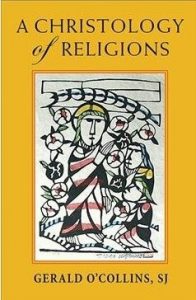
In his latest book, Gerald O’Collins adopts the person and saving work of Christ as the master key for organising issues commonly treated by theologies of religion. But he does so through the lens of Christology to examine important themes that these theologies typically ignore: the relevance of the theology of the cross for thinking about “the others,” the impact of Christ’s priesthood on all men and women of all places and times; the efficacy of prayer for “the others” inspired by love; and the nature of faith available for these “others”. This “Christology of religions,” O’Collins argues, can help break the current stalemate widely affecting the theology of religions, and breathe new life into thinking about religious “others”.
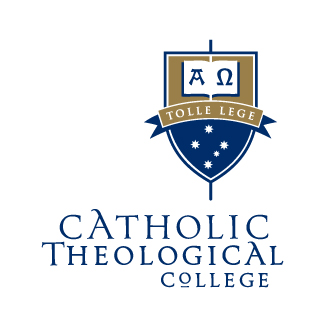
Catholic Theological College is a college of the University of Divinity from the Catholic tradition, based in Melbourne, Victoria.


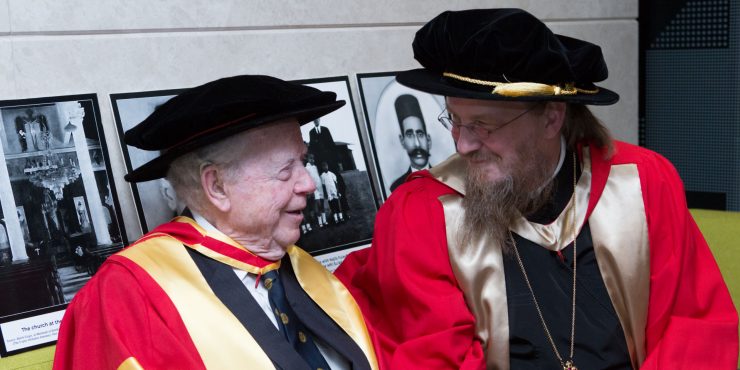
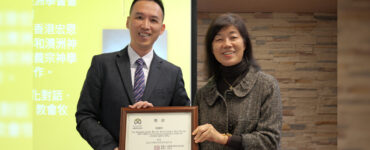
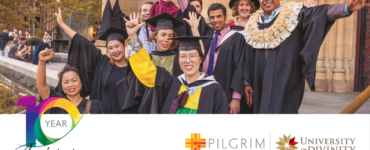


Add comment